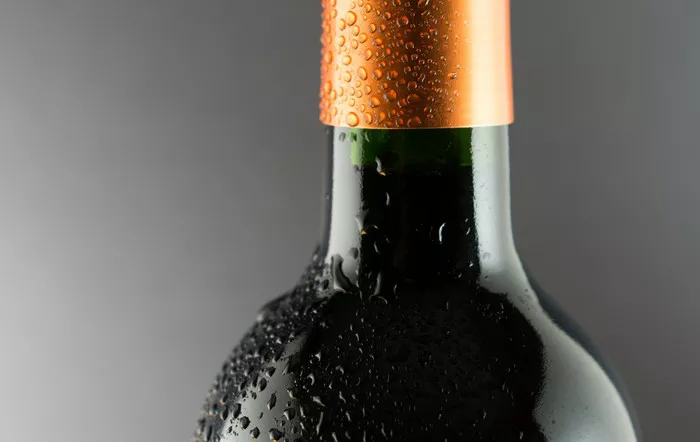Grape wine, often referred to as the “nectar of the gods,” has been a symbol of refinement, celebration, and culture for centuries. From the lush vineyards of Europe to the burgeoning winemaking regions around the world, the art of crafting grape wine is a harmonious blend of science, tradition, and passion. If you’ve ever dreamt of creating your own bottle of exquisite wine, this comprehensive guide will take you through the step-by-step process of turning grapes into liquid ambrosia.
The Timeless Art of Winemaking
Winemaking is a journey that encapsulates the essence of a region, the nuances of its climate, and the craftsmanship of its creators. While there are various styles and techniques, the fundamental principles of winemaking remain consistent. The process involves transforming the sugars in grapes into alcohol through fermentation, followed by aging to develop flavors and complexity.
Choosing the Right Grapes
Selecting the right type of grapes is a pivotal step in winemaking, as the grape variety will significantly influence the final flavor, aroma, and character of the wine. Different grape varieties have distinct profiles, ranging from crisp and refreshing to bold and full-bodied. Consider your preferences and the type of wine you wish to create when choosing grape varieties.
1. Harvesting and Crushing
The winemaking journey begins with the grape harvest, a moment of excitement and anticipation. Grapes should be picked at the peak of ripeness, as this ensures a balance of sugars, acids, and flavors. After harvesting, the grapes are gently crushed to release their juices. Traditionally, this step was performed by stomping on grapes, but modern winemaking employs mechanical presses to extract the juice.
2. Pressing and Must Preparation
Pressing the crushed grapes extracts the juice, which is referred to as “must.” Depending on the desired style of wine, the winemaker can adjust the pressure and duration of pressing to control the amount of tannins and flavors extracted from the grape skins. The must is then prepared for fermentation, often by adjusting its sugar levels, acidity, and nutrient content.
3. Fermentation: Yeast’s Alchemical Dance
Fermentation is a magical process orchestrated by yeast, tiny microorganisms that consume the sugars in the must and produce alcohol and carbon dioxide as byproducts. There are two main types of fermentation: wild (spontaneous) and inoculated (using cultivated yeast strains). During fermentation, the must is carefully monitored for temperature, sugar levels, and other factors to ensure a successful transformation.
4. Rack and Transfer
After fermentation, the wine is racked—transferred from one container to another—to separate it from sediment and spent yeast cells. This process aids in clarifying the wine and preparing it for further aging. Racking can be repeated multiple times as needed.
5. Aging: The Art of Patience
Aging is a critical phase in winemaking that allows the wine to evolve, develop complex flavors, and achieve a harmonious balance. The choice of aging vessel—such as oak barrels or stainless steel tanks—impacts the wine’s character. Oak barrels, for example, can impart flavors of vanilla, spice, and toastiness.
6. Bottling and Corking
Once the wine has achieved the desired level of maturity, it’s time for bottling. The wine is carefully transferred into clean bottles, and a small amount of sugar or other additives may be introduced to initiate a secondary fermentation, creating carbonation in sparkling wines. Corks are then inserted to seal the bottles, preserving the wine’s freshness and allowing it to continue aging gracefully.
7. Labeling and Presentation
The final step is labeling and presenting your creation. Designing a label that reflects the essence of your wine can add a personal touch to the winemaking process. Whether you’re crafting wine for personal enjoyment, gifting, or even starting a small winery, a well-designed label can enhance the overall experience.
Tips for Successful Winemaking
While the winemaking process may appear intricate, with attention to detail and a passion for the craft, anyone can create a satisfying bottle of wine. Here are some tips to help you navigate your winemaking journey:
1. Sanitation is Key
Maintain a clean and sanitized environment throughout the winemaking process to prevent contamination by unwanted microorganisms. Proper sanitation ensures that the yeast and desirable bacteria can work their magic without interference.
2. Temperature Control
Fermentation temperature plays a crucial role in shaping the wine’s flavors and aromas. Follow recommended temperature ranges for different stages of fermentation to achieve the desired results.
3. Measure and Adjust
Regularly monitor the sugar levels, acidity, and other parameters of the must and wine. This allows you to make informed decisions and adjustments to achieve the desired flavor profile.
4. Experiment and Learn
Winemaking is a blend of science and art, and there’s always room for experimentation. Try different grape varieties, yeast strains, and techniques to develop your own unique style.
5. Embrace Patience
Aging is where the magic happens. Allow your wine the time it needs to develop complexity and character. Patience is rewarded with a more refined and enjoyable final product.
6. Seek Knowledge
Invest time in learning about winemaking techniques, grape varieties, and wine styles. Books, online resources, and local winemaking clubs can provide valuable insights and guidance.
7. Document Your Journey
Keep detailed records of your winemaking process, including dates, measurements, and observations. This documentation will help you replicate successful batches and refine your techniques over time.
In Conclusion
Crafting grape wine is a journey that combines tradition, science, and creativity. From selecting the right grapes to bottling and presenting your creation, each step contributes to the final masterpiece that you can savor and share with pride. As you embark on your winemaking adventure, remember that the key ingredients are passion, patience, and a willingness to learn and adapt. Whether you’re a novice or an experienced enthusiast, the world of winemaking offers endless opportunities for exploration, discovery, and the joy of creating something truly exceptional from the bounty of nature’s vineyards.


